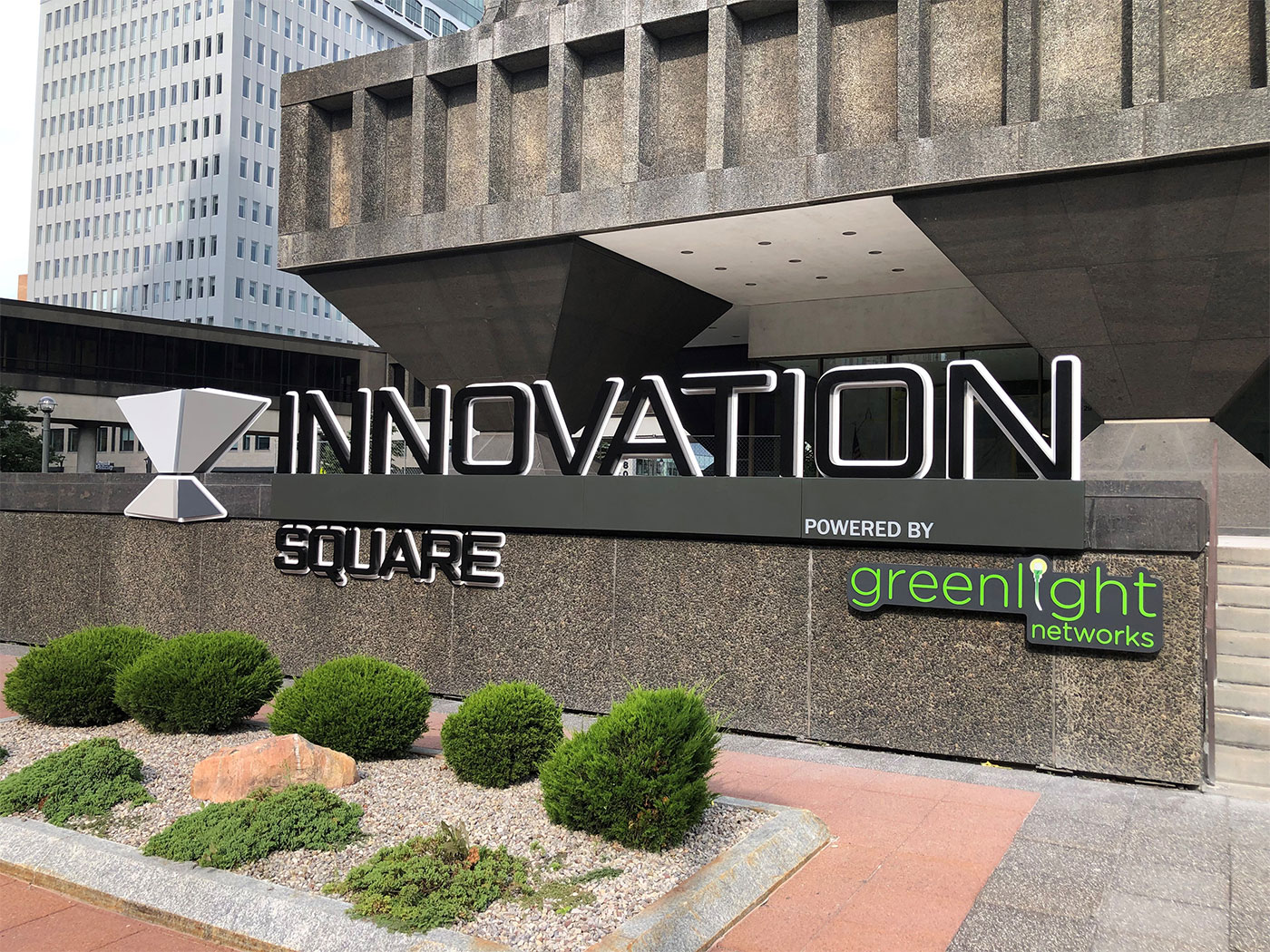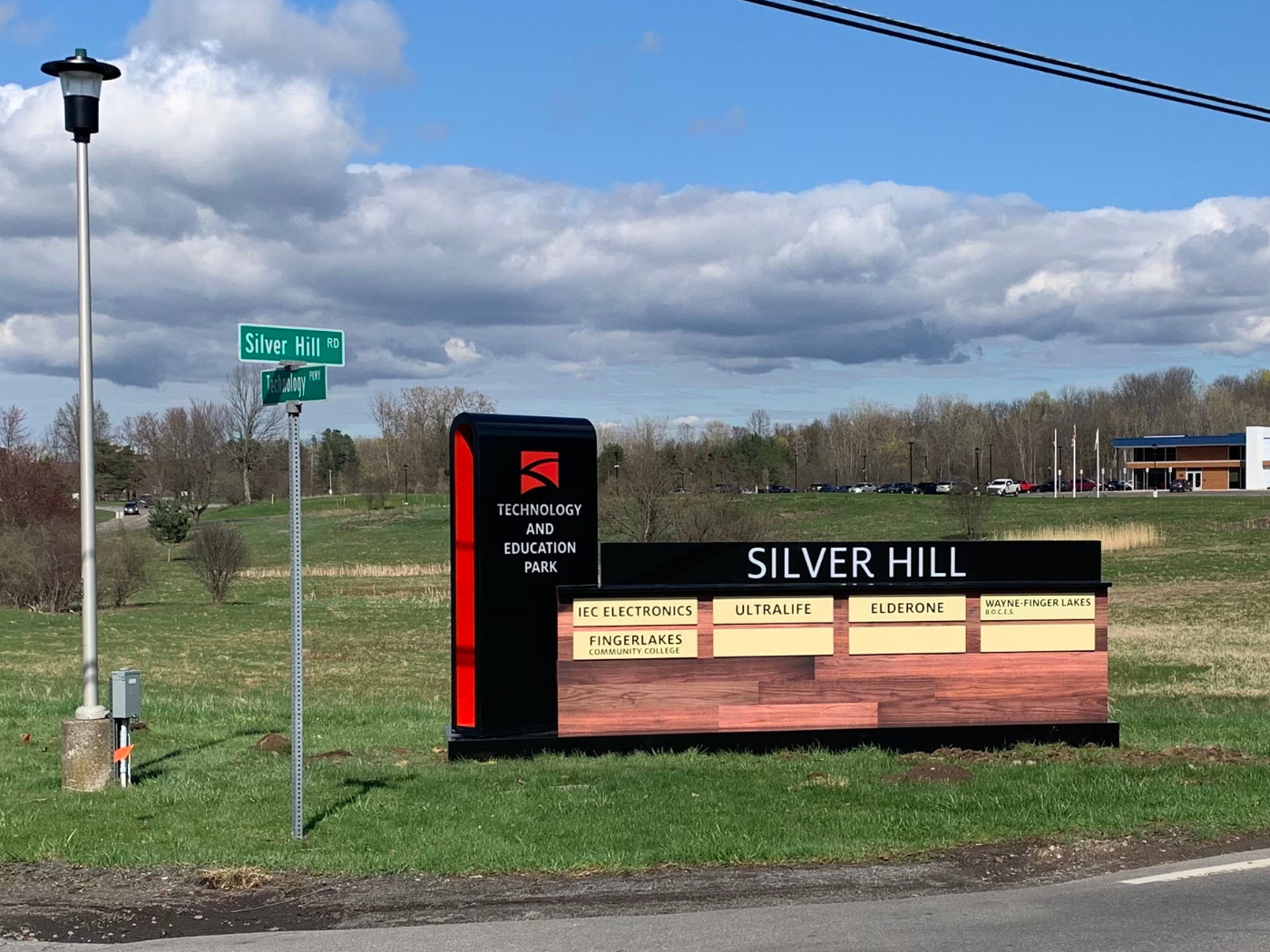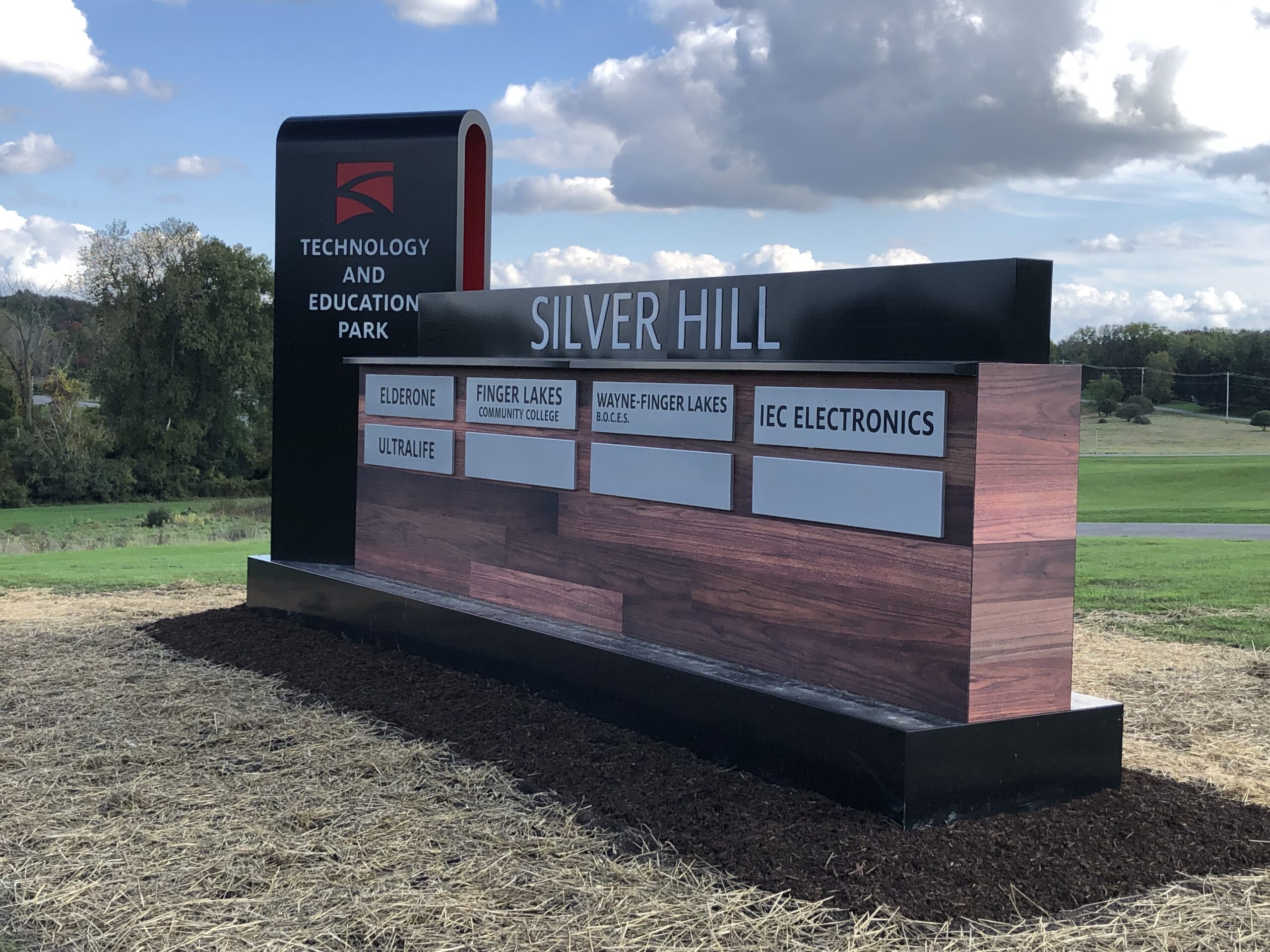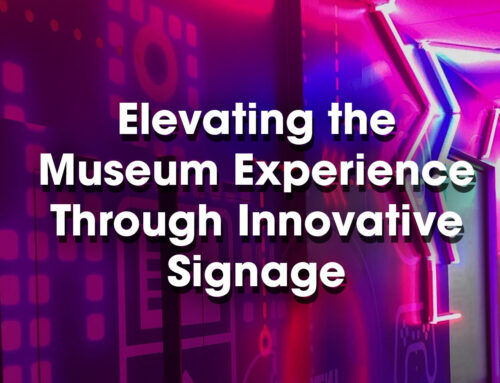In the world of signage, ID Signsystems has harnessed the transformative capabilities of 3D to redefine the design-to-output process. In 2018, we recognized the potential of 3D design renderings and embraced them as an integral part of our design communication process.
In this article, we discuss the intricacies of 3D renderings, the design communication process behind their creation, and the impact they have on both client satisfaction and internal efficiency.
What is a 3D Rendering?
A 3D rendering is a visual representation of a sign design that provides clients with almost imperceptibly accurate drawings. At IDS, these renderings take the form of realistic location-based photo simulations, offering clients a tangible preview of proposed sign solutions as part of their decision-making process.
What is the Purpose of 3D Rendering?
The primary purpose of creating a 3D rendering is to deliver a nearly flawless digital replication of the finished product. By converting typical 2D sketches and initial 2D renderings into photorealistic images, we enable our clients to envision their signage in a real-world context. This process allows the client to make a better-informed decision and leads to a clear understanding of the final product.

Process of Producing a 3D Rendering
The journey from concept to reality begins with an initial 2D rendering, which then undergoes three levels of 3D enhancement. While the specifics of the software combination used are proprietary, IDS employs a carefully guarded combination of three pieces of software to achieve stunning and technically accurate 3D renderings.
IDS utilizes various types of 3D renderings, ranging from conceptual designs to highly detailed visualizations. Each serves a unique purpose in the decision-making process, allowing clients to explore options and make the best choice for their projects.
Advantages & Uses of 3D Rendering
For clients, the advantages are manifold. 3D renderings offer a realistic preview during concept development, allowing for initial agreement on new designs. This visual clarity aids in decision-making and ensures client satisfaction by minimizing surprises during the production phase.
Renderings are presented during the concept development stage to gain initial client agreement on a new design. This proactive approach ensures alignment between client expectations and the final product.
Internally at IDS, 3D renderings serve as a bridge between design and production. They provide the engineering and production teams with a clear presentation of the finished product, streamlining communication and reducing the likelihood of errors during manufacturing.
Beyond client presentations, we leverage 3D renderings for modeling complex manufacturing connections and details. This application enhances the precision of the production process.
Impact on Project Outcome
3D renderings play a pivotal role in supporting the design process, allowing for the exploration and agreement on design options before the commencement of the expensive manufacturing process. This foresight not only saves time but also prevents costly late-stage changes, minimizing rework and contributing to overall client satisfaction.
The incorporation of 3D renderings is a standard practice for major projects here at IDS. The overwhelmingly positive feedback from clients, end users, and design professionals underscores the significant impact these renderings have on project outcomes and overall satisfaction.
Our strategic utilization of 3D renderings has elevated our approach to signage design, ensuring transparency, precision, and client satisfaction. In an industry driven by innovation, IDS is at the forefront, demonstrating how innovations in visualization transform ideas into tangible, impactful signage solutions.
Rochester Museum and Science Center Digital Marquee
Innovation Square
Alfred University Arched Gateway
Rochester River Campus
Roswell Park Comprehensive Cancer Center
Silver Hill Technology and Education Park Marquee
Let’s Talk About Your Project















